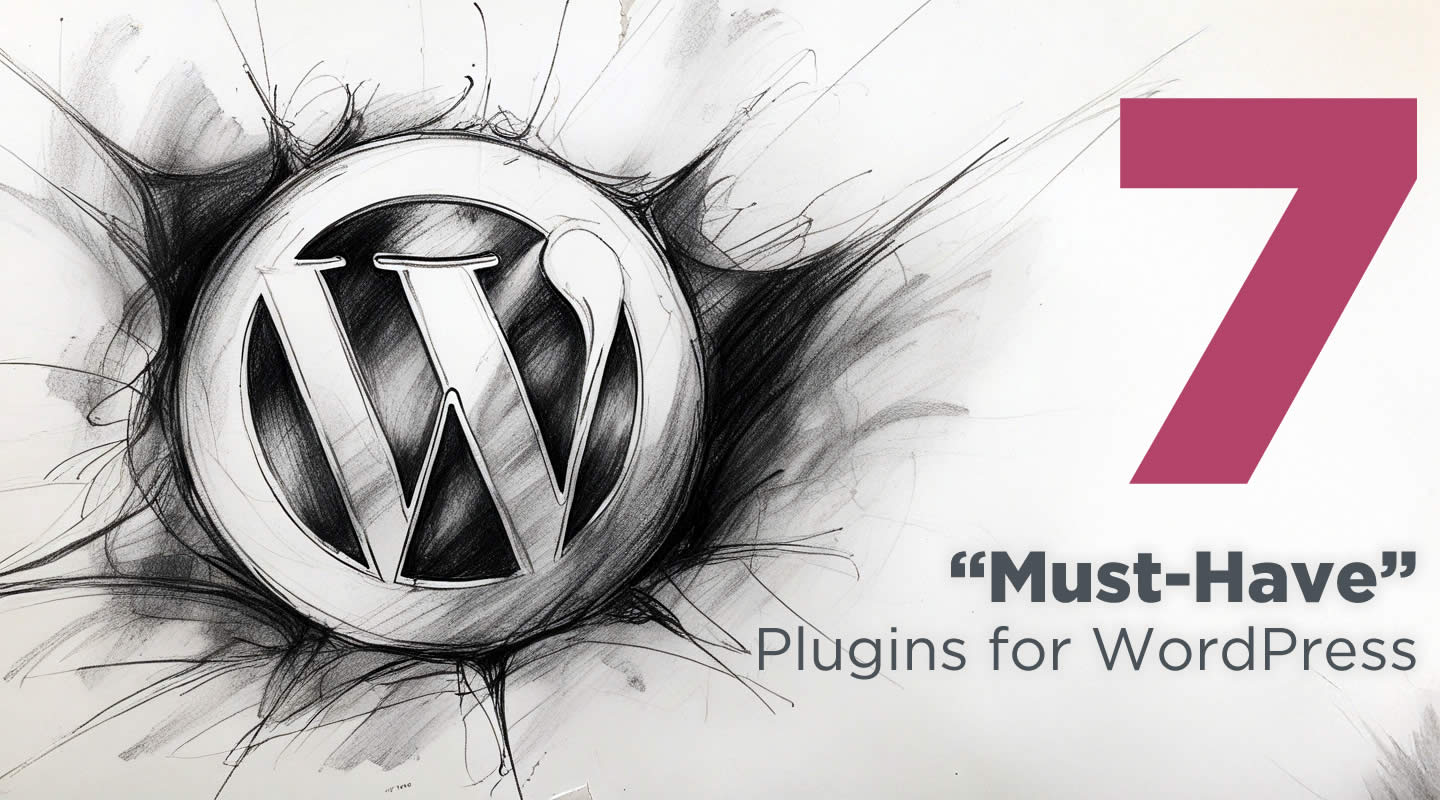
Top 7 Plugins Every WordPress Site Should Include
Read Time: 4 minutes7 of the Latest,“Must-have” Plugins for any WordPress Website. This is our list of necessary plugins that focuses on the main pillars of any WordPress site: performance, SEO, security, AI, builders, UX, etc. – those items that are especially relevant if you’re running a business site or content-heavy platform: CATEGORY: CACHING & OPTIMIZATION […]



